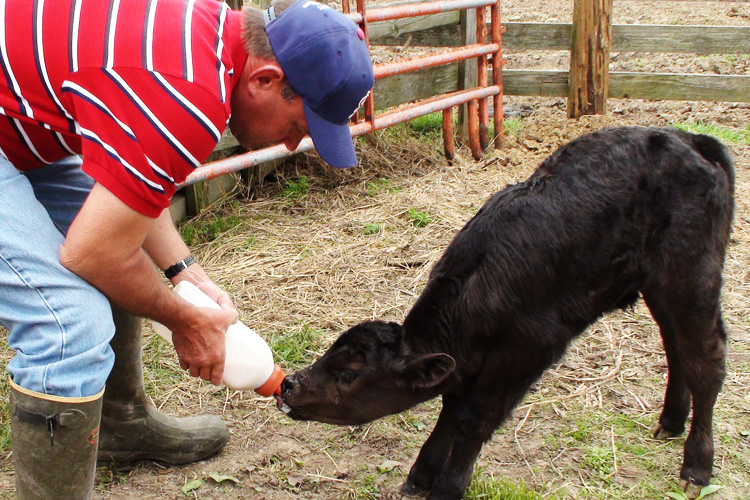Animal Breeding
Animal breeding is a branch of animal science that addresses the evaluation (using best linear unbiased prediction and other methods) of the genetic value (estimated breeding value, EBV) of livestock. Selecting for breeding animals with superior EBV in growth rate, egg, meat, milk, or wool production, or with other desirable traits has revolutionized livestock production throughout the world. The scientific theory of animal breeding incorporates population genetics, quantitative genetics, statistics, and recently molecular genomics and is based on the pioneering work of Sewall Wright, Jay Lush, and Charles Henderson.

Breeding stock is a group of animals used for the purpose of planned breeding. When individuals are looking to breed animals, they look for certain valuable traits in purebred animals, or may intend to use some type of crossbreeding to produce a new type of stock with different, and presumably superior abilities in a given area of endeavor. For example, when breeding swine the “breeding stock should be sound, fast growing, muscular, lean, and reproductively efficient.” The “subjective selection of breeding stock” in horses has led to many horse breeds with particular performance traits.
Mating animals of the same breed for maintaining such breed is referred to as purebred breeding. Opposite to the practice of mating animals of different breeds, purebred breeding aims to establish and maintain stable traits, that animals will pass to the next generation. By “breeding the best to the best,” employing a certain degree of inbreeding, considerable culling, and selection for “superior” qualities, one could develop a bloodline or “breed” superior in certain respects to the original base stock.
Such animals can be recorded with a breed registry, the organisation that maintains pedigrees and/or stud books. The observable phenomenon of hybrid vigor stands in contrast to the notion of breed purity. o maintain lactation, a dairy cow must be bred and produce calves. Depending on market conditions, the cow may be bred with a “dairy bull” or a “beef bull.” Female calves (heifers) with dairy breeding may be kept as replacement cows for the dairy herd. If a replacement cow turns out to be a substandard producer of milk, she then goes to market and can be slaughtered for beef. Male calves can either be used later as a breeding bull or sold and used for veal or beef. Dairy farmers usually begin breeding or artificially inseminating heifers around 13 months of age. A cow’s gestation period is approximately nine months. Newborn calves are removed from their mothers quickly, usually within three days, as the mother/calf bond intensifies over time and delayed separation can cause extreme stress on both cow and calf.
